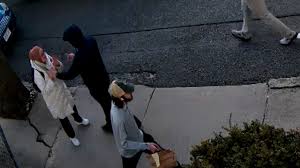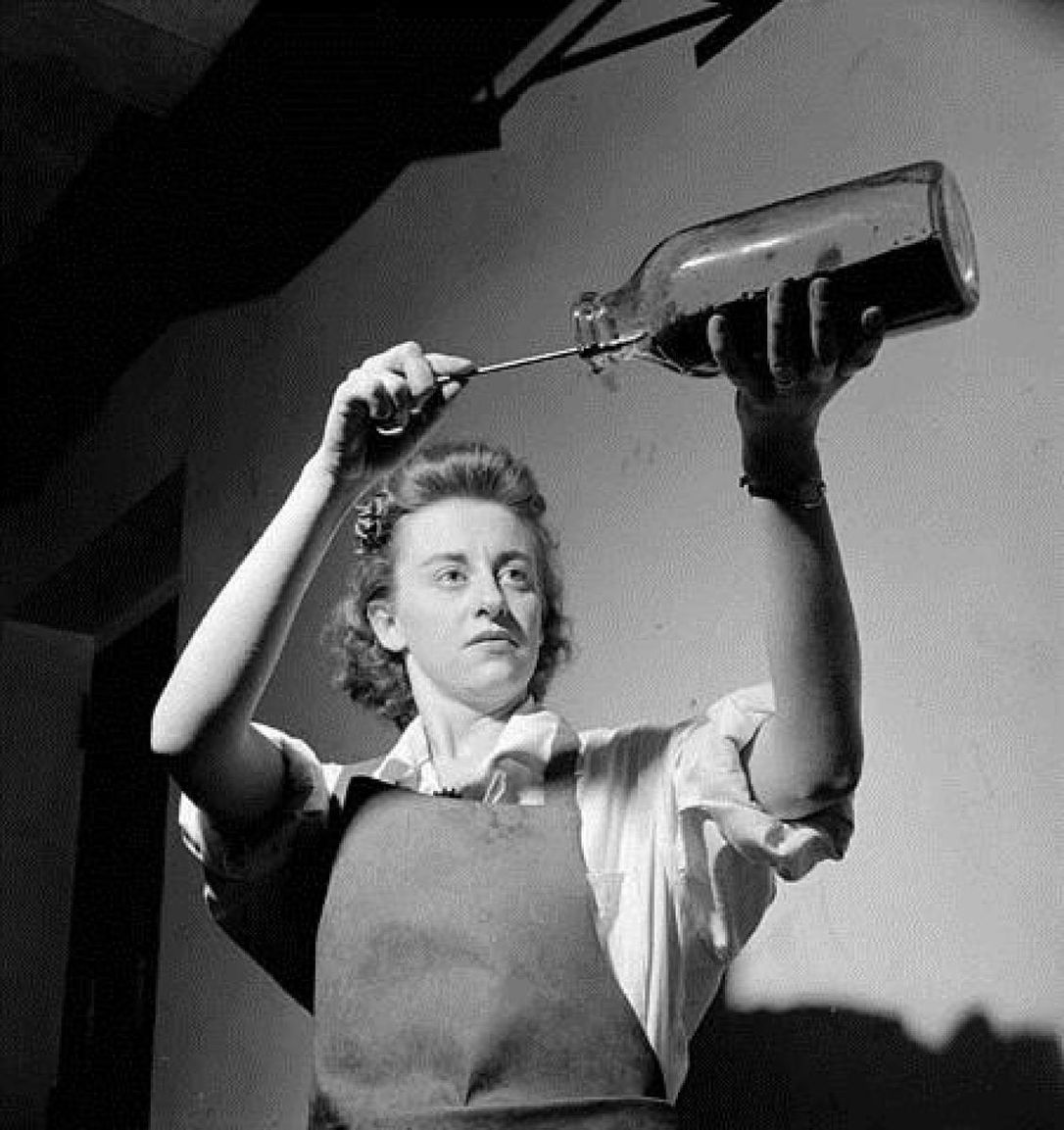
Last week, a young woman walked along a street in Medford, Massachusetts, on the outskirts of Boston. She was about to join friends for dinner. The PhD student was suddenly surrounded by swarm of men in hooded shirts. They pulled cloth coverings over their mouths and noses and grabbed Rumeysa Ozturk; they claimed to be police officers and arrested her. The incident was caught on video and someone off-camera calls out:
“If you’re police, why are you hiding your faces?”
Ozturk shrieked as the men confiscated her phone, handcuffed her wrists, stuffed her into an SUV and drove her away. (more…)
